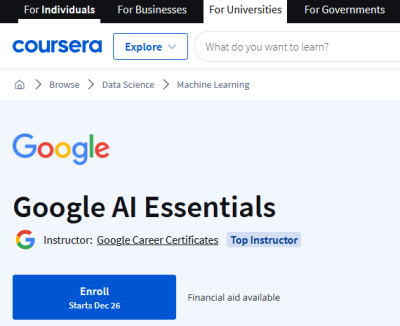40 Years of Microsoft Windows

Recently, my laptop crashed, and I had to return to an old one that had been sitting on a shelf for a few years. It had Windows 8 from back in 2012. No updates available, and lots of websites and tools did not work. The laptop that crashed has Windows 10 and that will fade away from support in October 2025.
It got me thinking about the now 50-year history of Microsoft.
The company was at the top early on, then went through some tough years and is again near the top. It has been the first or second most valuable business on Earth for the better part of five years.
Microsoft is betting on AI to carry it into the next generation of computing. However, Microsoft's most enduring legacies may be the marks it left on society long ago via Windows. It's not a point of pride for the company or many of its users that much of our world still relies on aged, sometimes obsolete Windows software and computers. This ghost software is still being used, though it is somewhat crippled.
Here are all the versions of Windows so far:
Windows 1.0: November 20, 1985.
Windows 2.0: December 9, 1987.
Windows 3.0: May 22, 1990.
Windows 95: August 24, 1995.
Windows 98: June 25, 1998.
Windows ME (Millennium Edition): September 14, 2000.
Windows 2000: February 17, 2000.
Windows XP: October 25, 2001.
Windows Vista: January 30, 2007.
Windows 7: July 22, 2009 (released to manufacturing), October 22, 2009 (generally available).
Windows 8: October 26, 2012.
Windows 8.1: February 13, 2013.
What happened to Windows 9? (see below)
Windows 10: July 29, 2015.
Windows 11: October 5, 2021.
According to an article on bbc.com, many people and services still use outdated Windows versions.
"Many ATMs still operate on legacy Windows systems, including Windows XP and even Windows NT," which launched in 1993, says Elvis Montiero, an ATM field technician based in Newark, New Jersey. "The challenge with upgrading these machines lies in the high costs associated with hardware compatibility, regulatory compliance, and the need to rewrite proprietary ATM software."
 Ghost students, as their name implies, aren’t real people. They are not spectral visions. Had you asked me earlier to define the term, I would have said it is a way to describe a student who is enrolled in a college or university but does not actively participate in classes or academic activities. However, these new ghosts are aliases or stolen identities used by scammers and the bots they deploy to get accepted to a college, but not for the purpose of attending classes or earning a degree. Why? What's the scam?
Ghost students, as their name implies, aren’t real people. They are not spectral visions. Had you asked me earlier to define the term, I would have said it is a way to describe a student who is enrolled in a college or university but does not actively participate in classes or academic activities. However, these new ghosts are aliases or stolen identities used by scammers and the bots they deploy to get accepted to a college, but not for the purpose of attending classes or earning a degree. Why? What's the scam?